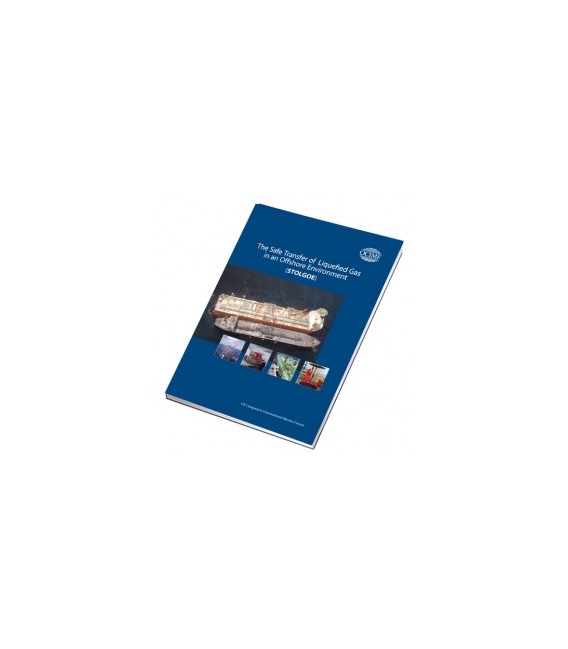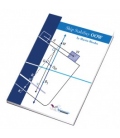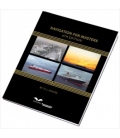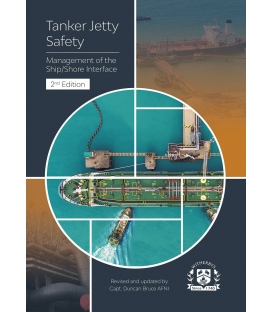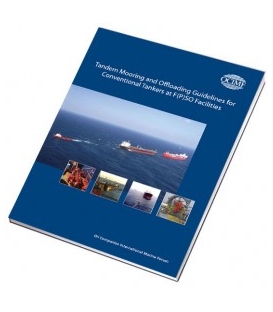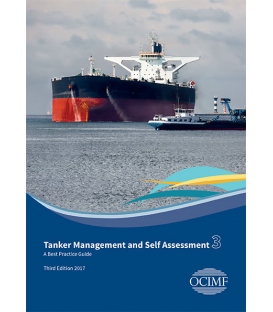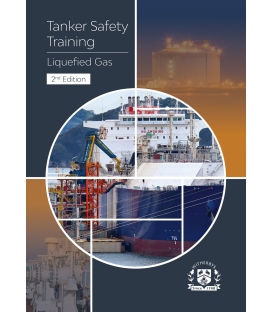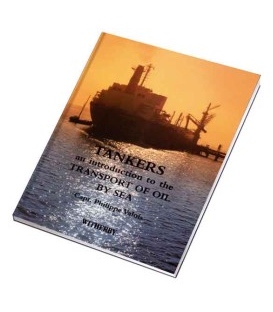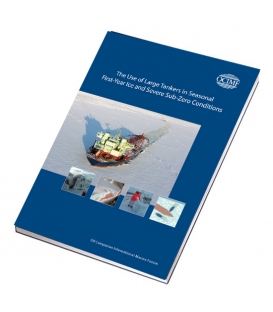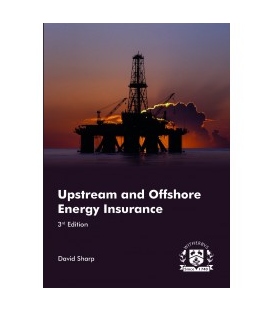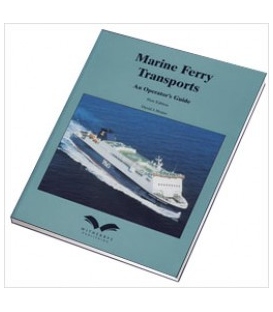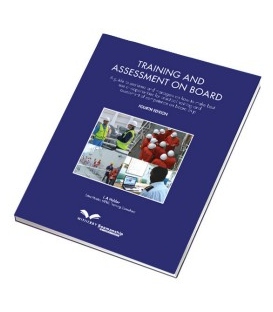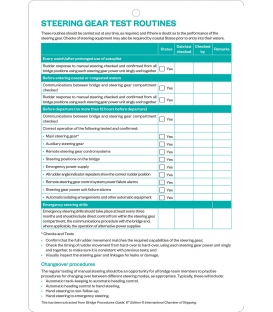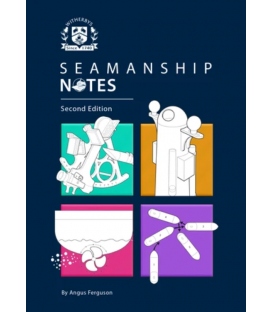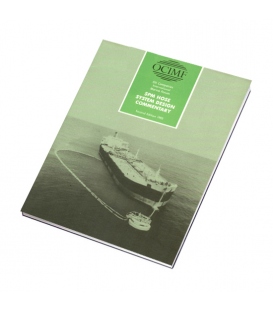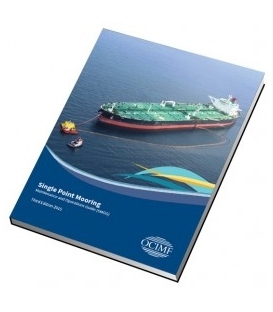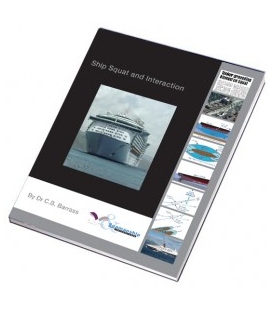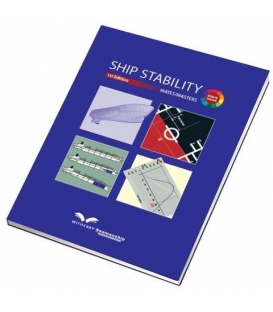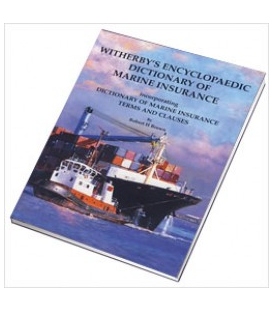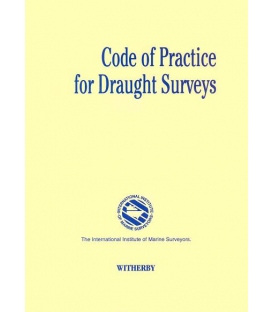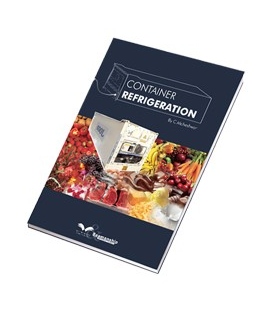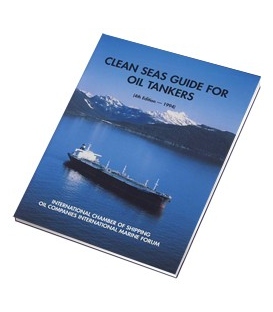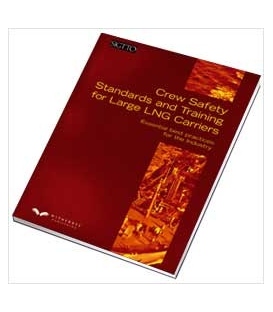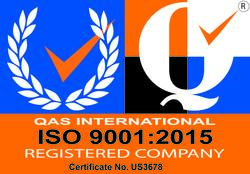

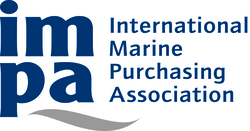
Sign up for our Newsletter
The Safe Transfer of Liquefied Gas in an Offshore Environment (STOLGOE).
These Guidelines address the transfer of Liquefied Petroleum Gas (LPG) between Floating (Production) Storage and Offloading facilities (F(P)SOs) and conventional gas tankers.
The guide primarily addresses side-by-side (SBS) operations where the gas tanker moors alongside the F(P)SO. LPG is also offloaded to gas tankers offshore in other modes, such as via an SPM or in a tandem configuration. These operations are considered in depth in other OCIMF publications associated with oil transfers. Within this publication, only the differences associated with gas transfer have been highlighted.
To address site-specific aspects in particular locations, the recommendations contained within this publication may be supplemented by additional requirements from development project teams, individual ship owners (or ship managers) and individual F(P)SO operators.
Individual countries may have local regulations that address mooring arrangements and LPG cargo transfer operations within their territorial waters or Exclusive Economic Zone. These must be complied with and, where appropriate, these Guidelines may be referenced for additional advice. These Guidelines should not be considered contrary to, or a replacement of, any National or International Regulations or individual terminal operator’s specific procedures.
This publication primarily addresses the inter-relation between the F(P)SO and conventional gas tankers operating in SBS mooring configuration. The guidance includes recommendations for mooring equipment, considers mooring loads and operations, motions of the F(P)SO and gas tanker, station keeping, cargo transfer equipment and cargo transfer operations. The guidelines are intended to assist in standardising equipment and procedures for SBS activities and to highlight general design issues in the interest of safe, efficient and reliable operations.
Offshore operations involving the transfer of Liquefied Natural Gas (LNG) are not specifically addressed in this document, but will be included in a future update once industry experience is available on which to base guidance.
The Guidelines are primarily intended to familiarise Masters, ship operators, F(P)SO operators and project development teams with the general principles and equipment involved in LPG offloading activities between F(P)SOs and gas tankers. For the purposes of these Guidelines, the gas tanker is considered to be a vessel equipped with standard mooring and cargo transfer equipment, with a conventional single propulsion system comprising of a fixed blade propeller.
Purpose and Scope
Glossary of Terms and Abbreviations
Bibliography
Section1
Regulatory Compliance
1.1 General
1.2 Coastal State/Local Requirements
1.3 Flag State Requirements
1.4 Classification Society Requirements
1.5 Other Industry Guidance
Section 2
Safety in Design
2.1 General
2.2 Risk Analysis
2.3 Operating Environments
2.4 Model Tests and Simulations
2.5 Tug Support
2.6 Berthing Aids
2.7 F(P)SO Mooring System
2.8 F(P)SO Heading Control
2.9 Mooring Equipment Layout Configuration and Compatibility
2.10 Fendering Equipment
2.10.1 Primary Fenders
2.10.2 Secondary Fenders
2.11 Cargo Transfer Equipment
2.11.1 Hoses
2.11.2 Hard Arms
2.11.3 Quick Connect/Disconnect Couplings (QC/DC)
2.11.4 Gas Tanker Manifold Arrangements
2.12 F(P)SO Venting Systems
2.13 ESD Systems
2.14 Emergency Release Couplings
2.14.1 Location of ERC
2.15 Quick Release Capability of Moorings
2.15.1 Fixed Quick Release Hooks
2.15.2 Portable Quick Release Hooks
2.15.3 Use of Grommets
2.15.4 Use of Tugs in an Emergency
2.16 Lighting
2.17 CCTV
Section 3
Operational and Personnel Safety
3.1 Operational Safety
3.1.1 F(P)SO Operator’s Responsibilities
3.1.2 Scope and Content of F(P)SO Terminal Handbook
3.1.3 Simultaneous Operations
3.1.4 Communications
3.2 Personnel Safety
3.2.1 F(P)SO Manning
3.2.2 Training of F(P)SO Personnel
3.2.3 Competence Assurance of Key Personnel Involved in Operation
3.2.4 Gas Tanker Personnel
Section 4
Nomination and Pre-Arrival Procedures
4.1 Nomination Procedures
4.1.1 Vetting
4.1.2 Facility/Tanker Compatibility
4.2 Pre-Arrival Communications
4.2.1 Transfer Area
4.3 Pre-Arrival Checklists and Testing of Essential Systems
4.4 Tugs and Support Vessels
4.5 Mooring and Fendering Plan
Section 5
Berthing and Mooring
5.1 Personnel and Equipment Transfer
5.1.1 Transferring Personnel
5.1.2 Transferring Equipment
5.2 Pre-Berthing Inspection
5.3 Pre-Berthing Information Exchange
5.4 Pre-Berthing Equipment Checks
5.5 Use of Tugs
5.6 Berthing Criteria
5.7 Manoeuvring
5.7.1 Thruster Influence
5.8 Mooring
5.9 Transfer of Personnel and Equipment Alongside
5.10 Orientation of F(P)SO for SBS Operations
Section6
Cargo Transfer
6.1 General
6.1.1 Pre-Transfer Checklists
6.2 Cargo and Ballast Plans
6.2.1 Cargo Plans
6.2.2 Ballast Plans
6.3 Pre-Transfer System Integrity Checks
6.4 Hose/Arm Handling and Connection
6.4.1 General
6.4.2 Drying and Inerting the Transfer System
6.4.3 Bolted Flanges
6.4.4 QC/DC Couplings
6.4.5 Emergency Release Couplings (ERCs)
6.4.6 Loading Arms
6.4.7 Leak Testing the Transfer System
6.5 Sampling and Gauging
6.5.1 General
6.5.2 Product Measurement
6.5.3 Sampling
6.6 Cargo Transfer
6.7 Control of Vapours
6.8 Hose/Arm Clearing
6.8.1 General
6.8.2 Hose Draining
6.8.3 Hose/Arm Clearing with Hot Gas
6.8.4 Hose/Arm Clearing with Nitrogen
6.9 Hose/Arm Disconnection and Recovery
Section7
Unmooring and Departure
7.1 Early Departure Procedure
7.2 Unmooring and Departure
Section8
Gas-Up and Cool-Down
8.1 General
8.2 Gas Tanker
8.2.1 Gas Tanker with Tanks under Air
8.2.2 Gas Tanker with Tanks under Inert Gas
8.2.3 Loading Propane Cargo into Tanks under Butane Vapours
8.3 F(P)SO
8.3.1 Preparation and Arrival on Location
8.3.2 Use of Gas Tanker
8.3.3 Use of Supply Source for Gassing-up F(P)SO
Section9
Offshore Transfer of LPG VIA Tandem Mooring or SPM
9.1 Primary References and Scope
9.2 Safety in Design
9.2.1 Mooring Equipment Layout, Configuration and Compatibility
9.2.2 Cargo Transfer Equipment
9.2.3 Equipment Evaluation
9.3 Operational Issues
Section10
Emergency Preparedness
10.1 Overview
10.1.1 General
10.1.2 Emergency Plan Components and Procedures
10.1.3 Communications and Alarms
10.2 Emergency Scenarios
10.2.1 Power Failure on F(P)SO, Gas Tanker or Tug
10.2.2 Collision/ Heavy Contact
10.2.3 Grounding in Approaches to or within the Field
10.2.4 Loss of Containment
10.2.5 Uncontrolled Venting
10.2.6 Fire and Explosion
10.2.7 Hose/Arm Failure
10.2.8 Mooring Failure
10.2.9 Fender Breakaway or Burst
10.2.10 Medical Evacuation
10.2.11 Helideck Incident
10.2.12 Oil Pollution
10.2.13 Security Incident
10.3 Drills and Training
Appendices
A Example Content of Terminal Handbook (Port Information Book)
B Example SIMOPS Matrix
C Example Gas Tanker Nomination Questionnaire
D Check-Lists
D1 Example Record of Pre-Transfer Meeting
D2 Example of F(P)SO Pre-Berthing Check-List
D3 Example of Ship/F(P)SO Safety Check-List
D4 Example Pre-Unberthing Check-List

